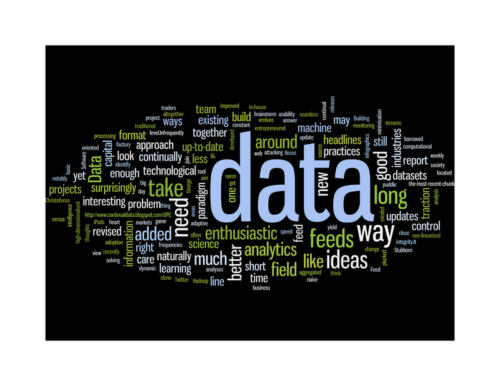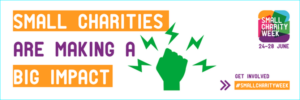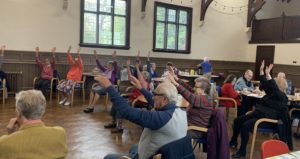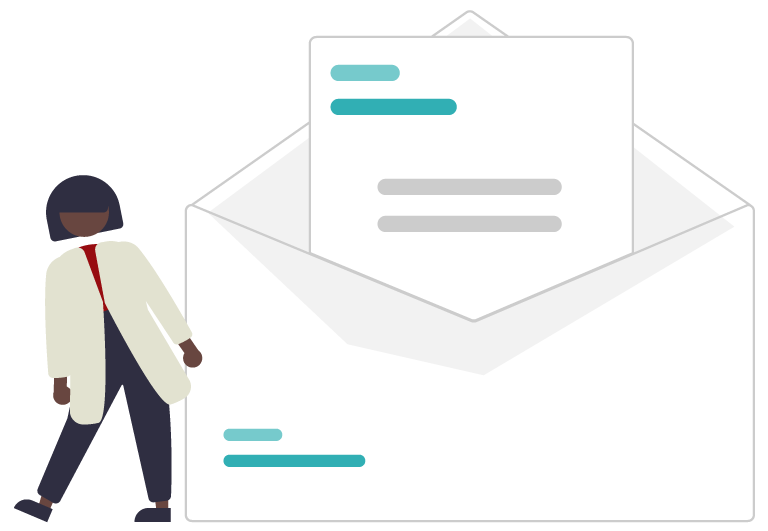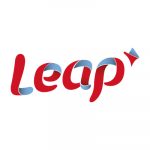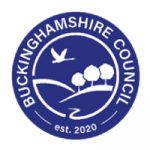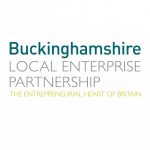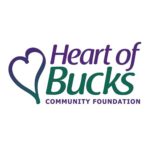DataKind UK gives you an introduction to data and data science use in charities.
Charities collect a lot of information every day – and analysing this data can transform their services for the better. But where should you start? What do we mean by data and data science, and how can you tell if your organisation would benefit from using it?
DataKind UK and the Data Collective help to support charities, and the people within them, who want to use data better. Here’s our starter for 10 on data and data science for the charity sector.
Two types of data
Data is information collected and recorded through observation. It can come in many different forms, such as numeric data in a spreadsheet, but also images and videos, like an x-ray. It may be qualitative survey data about people’s preferences and characteristics. It might be about outcomes and what’s changed as a result of using a service.
Then there is behavioural data, including social media likes and web analytics – what users click on. Messages and text, such as web chat, are also data.
Charities and other non-profit organisations often gather information about:
- fundraising or donors
- service delivery
- beneficiaries or service users
- their marketing and PR efforts.
A lot of data collection is inspired by monitoring and evaluation, or to provide feedback or evidence for your supporters and funders.
But you can also use data to create a predictive approach that supports your services and mission, or tests hypotheses about how to improve them. This is usually known as data science, but can also be thought of as ‘predictive analytics’. It helps you to make future predictions, as opposed to ‘descriptive analytics’ (how much, how often) which tells you what is already happening. Data science can help you to get a better understanding of the people your organisation works with. You can also evaluate the impact of your programmes, and how it changes over time, to identify ways to improve your operational efficiency.
Data science uses analytical methods to make meaning out of data
While data science may be a relatively new term and field, people have been using data to find actionable insights for years. During a cholera outbreak in mid-1800s London, John Snow mapped the number of deaths over the location of water pumps. He noticed the area with the highest deaths and which pump this corresponded to. The map he created led to the pump closing, making the contaminated water inaccessible and likely saving many lives. What makes data useful and not just individual pieces of information is context. The number of cholera deaths did not create a helpful picture for Snow until it was mapped over where the water pumps were.
The key difference today is that computers enable us to analyse greater quantities of data in much more sophisticated ways. A term we use to define data science is ‘the use of analytical and computational techniques to extract meaning from novel data sources, usually for the sake of supporting organisational decision making’.
In the wild, data science is often used to predict behaviour and understand trends. For example, by recommending which TV show you should watch next by looking at what you’ve watched before. It can detect anomalies or outliers, such as if a payment is declined because it doesn’t seem to fit your spending behaviour. Other everyday uses are spam filters, search engines, and even route planning so delivery drivers have the most efficient journey. All of these approaches try to optimise resources and save our time. They involve using algorithms, which assess the input you give them, and try to respond in the most relevant way.
How your charity can use data science
Using data science effectively is the best way to inform decision making in your charity. DataKind UK helps charities to run data science projects, and we commonly see four main applications.
- It can help you to understand need and demand: e.g. Where are the areas with highest rates of rough sleeping?
- You can gain a better understanding of your beneficiaries: e.g. What proportion are non-native English speakers?
- You can evaluate how well your current services are working: e.g. Does a programme lead to an improvement in school performance?
- And finally, you can look at long-term ways to change services and improve operational efficiency, like the delivery drivers having their routes calculated for them.
Here are two examples:
Citizens Advice Lewisham evaluate their programmes
Citizens Advice Lewisham provides support and advice on a range of issues across the London borough, but were concerned they were not reaching the most vulnerable people in their community. They looked at open data on indices of multiple deprivation, which is a government metric that captures seven dimensions of deprivation and vulnerability including income, health, and crime.
They compared these maps with the locations of their clients. Contrary to their fears, they found that they were seeing the most cases from the most vulnerable areas. This helped them to be sure that they were reaching clients who need them, and this evidence supported future fundraising efforts.
Christians Against Poverty optimise their services
Christians Against Poverty (CAP) helps people out of debt using debt advisors and an array of support programmes. When someone first interacts with CAP, they have to provide a lot of highly personal information at what is usually a stressful time. Advisors then recommend a ‘route out of debt’. This might be a payment plan, insolvency, or a ‘holding route’ if their circumstances are still changing.
CAP worked with DataKind UK to look at what data was helpful in determining a client’s route. They found that they needed far fewer data points at the start to effectively support their clients. The project showed how much data is needed to still get consistent results for their clients. They can now decide which pieces of information clients must provide in order for their advisors to still give accurate advice. This makes the process easier, faster, and less stressful for the client.
How to collect the right data: find the right question
It might surprise you when we say that it’s not really about the data – it’s about the problem or hypothesis you have, and what impact the answer will have for you. If you’re thinking about using data, start with what you want to know, or what you think may be the case, and then decide if you have the data you need in order to answer that question.
Focus on your mission – and then see if the data you have is necessary for finding out the answers. Looking at data is roughly the third step in this process. First, begin with a problem statement: ‘Our problem is that…’.
Then state what you’d need to find out to decide how to overcome this problem (‘We want to see…’).
Then ask yourself what data you’d need to tell this – is it data you have? Could you get it by changing how you currently collect data? Could you find these datasets already elsewhere?
Finally, insert the action you would like to put in place based on what the data tells you. For instance ‘Our problem is that we don’t know if we are reaching all of the people who need our support. We want to see how many people in our borough are eligible for our support by using datasets on regional deprivation compared to our current beneficiaries. Then we could build a plan to reach out to those we aren’t helping.’
Data also doesn’t have to be private to your organisation (proprietary data) for you to make use of it. Open data includes government indicators, or public-facing information such as social media posts. For example, if you aren’t sure how to reach potential beneficiaries, you might research what platforms people in that age group use the most.
As with the example of John Snow, it can take knowledge of your charity’s service combined with other external factors to get really useful insights. Hypotheses and theories that your staff on the front line have may be the key to dramatically improving your services. Combining this with data science can provide the evidence you need to put in place these changes.
What to do next
Start by investing in your people. Your team’s confidence in embedding data-driven approaches is more important than tools. Training existing staff will also help everyone to see the value of these approaches. A curious approach and a passion for problem solving will get you further than you might think!
Then pick the right tools for your organisation. If you already use Office 365 or Google Suite, look at what they provide to support data collection and analysis, such as Google Data Studio or Power BI. There are plenty of low and no-cost tools available, especially for charities, that don’t require knowledge of coding.
Now that you’ve learned some of the basics about data science, you can get involved with a community of like-minded data users in charities and third sector organisations. Take a look at the Data Collective.
You may also have some ideas about projects that you could begin. If you have a hunch that would make a good data science project, or want to talk more about what you can do with data, contact DataKind UK.
Join our network in Bucks – Sign up to the Bucks Data Exchange to find useful information and data about Bucks, tools and resources and to keep up to date with local networking events to share best practice, knowledge and data skills. Contact – Bucks Data Exchange

